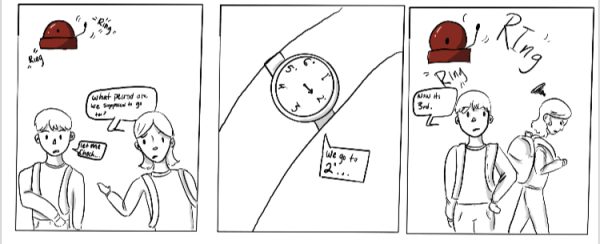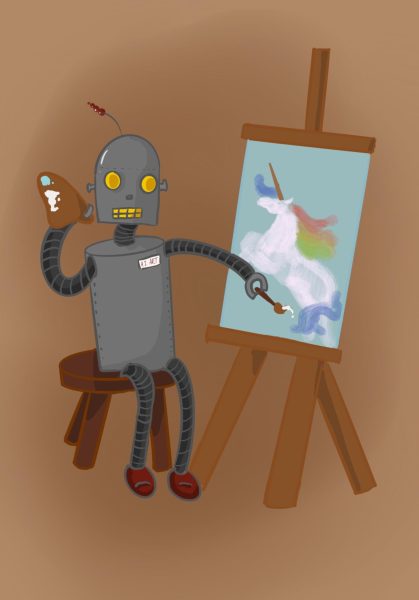Belladonna of Sadness: A Depraved Film for those who dare
Is there a certain point in which artistic vision and the story the director wishes to tell goes too far in a film? To me, Eiichi Yamamoto’s 1973 animated film, Belladonna of Sadness is a film that goes so far in telling its story that I feel as though I am sincerely unable to recommend the film as the content is so inappropriate that it would most likely disgust those who watch it.
Content warning, as well as spoilers for the film for the contents of the subject matter I will be talking about in this review.
Belladonna of Sadness is inspired by the book La Sorcière by Jules Michelet and part of a trilogy of three adult films designed with the intent to be shocking, yet experimental in regard to animation. Despite the horrid subject matter which would turn off most individuals, the animation is the greatest aspect of the film, psychedelic and confusing, yet with so many beautifully drawn shots, I am in utter disbelief that one of the best animated films I have ever seen is used in this piece of cinema.
To obligatorily sum up the plot for the sake of this review, this will also end up doubling as my own criticisms for the film as the story is my biggest problem. Belladonna of Sadness follows Jeanne, a newlywed to her husband Jean, and after her husband is unable to pay the lord of their village after the wedding, Jeanne is then raped in a disgusting scene by the lord. This begins Jeanne’s downward spiral as she continuously makes deals with the devil in order to receive power.
Whilst I like the setup for this, the film continues to have scenes of violence against women after witnessing misfortune, which after a certain point ends up becoming too much to watch in my opinion, even as someone who isn’t bothered by these occurrences in film, it would most certainly bother most watchers. However, I did like the character of Jeanne herself, a woman constantly tormented, beginning as meek and full of rage, yet by the end of the film, she reaches a point of ascension, reaching near omnipotence as she cures the Black Plague of individuals, healing them and saving the lives of many.
My major criticism of this story is the fact that it breaches into uncomfortable territory so much as Jeanne is hunted and harmed, and as both a potential detriment but also a strength, Jeanne’s voice actress Akio Nagayama is able to deliver an extremely memorable performance, which could turn off viewers, but she still provides a good performance.
Now, whilst I could go on for a long time about the film’s detriments with its story, however, as I have mentioned before, there is one amazing part of the film: the animation.
The visuals are both shocking during moments in which Jeanne is dealing with the devil, or beautiful and resembling more of a painting, which in the first-half results in the film resembling more an extremely beautiful slideshow, before coming twisted as extremely strange imagery floods through the screen. I simply adore this aspect of the film, as it was part of why I initially watched it, Jeanne herself is drawn in an alluring, beautiful way, whilst the lord of the village looks like a monster.
Parts of the film use multiple paints, resulting in entirely different shots, from using watercolors to acrylics used to illustrate the madness, yet visual beauty of the film. One of my favorite animated sections of the film is when the Black Plague strikes the village in which Jeanne lives, and they treat the plague as though it’s a monster, separating itself into smaller versions as it bounces across the village, striking everywhere as the world crumbles.
Overall, the film Belladonna of Sadness is not one I can recommend to almost anyone, as its contents are grotesque and would most likely turn off watchers, yet despite its contents, the animation of the film is so beautiful that if an individual needs to watch the film, I would strongly advise they simply watch parts of the second half of the film, unless they’re absolutely sure they could handle it.






